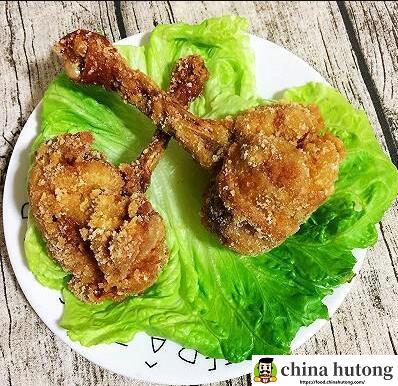There has always been an argument on the Internet that Sichuan cuisine is a low-competitive cuisine. The argument is mainly based on the characteristics of Sichuan cuisine "spicy and heavy oil". It is believed that "spicy is just a taste stimulus, not a taste". Sichuan cuisine’s satisfaction with spiciness, in these people’s eyes, is just a low-level sensory stimulation, which has nothing to do with elegant seasoning techniques.
However, the real Sichuan cuisine is more than "spicy". Only uninvestigated people will mechanically believe that Sichuan cuisine can only be linked to spicy flavor.
It is an indisputable fact that authentic Sichuan food and its variants adapted to local conditions have taken the world by storm. The traces of Sichuan cuisine can be seen on the land of the motherland. The panic buying chaos caused by the "Sichuan Hot Sauce" of McDonald's in the United States last year also confirms the power of Sichuan cuisine and its variants. (The relevant content has already been introduced in the article "Mulan"), this glory is by no means a simple "spicy, heavy oil" can bring. Today's article will explore the tens of thousands of styles of Sichuan cuisine, the queen.

